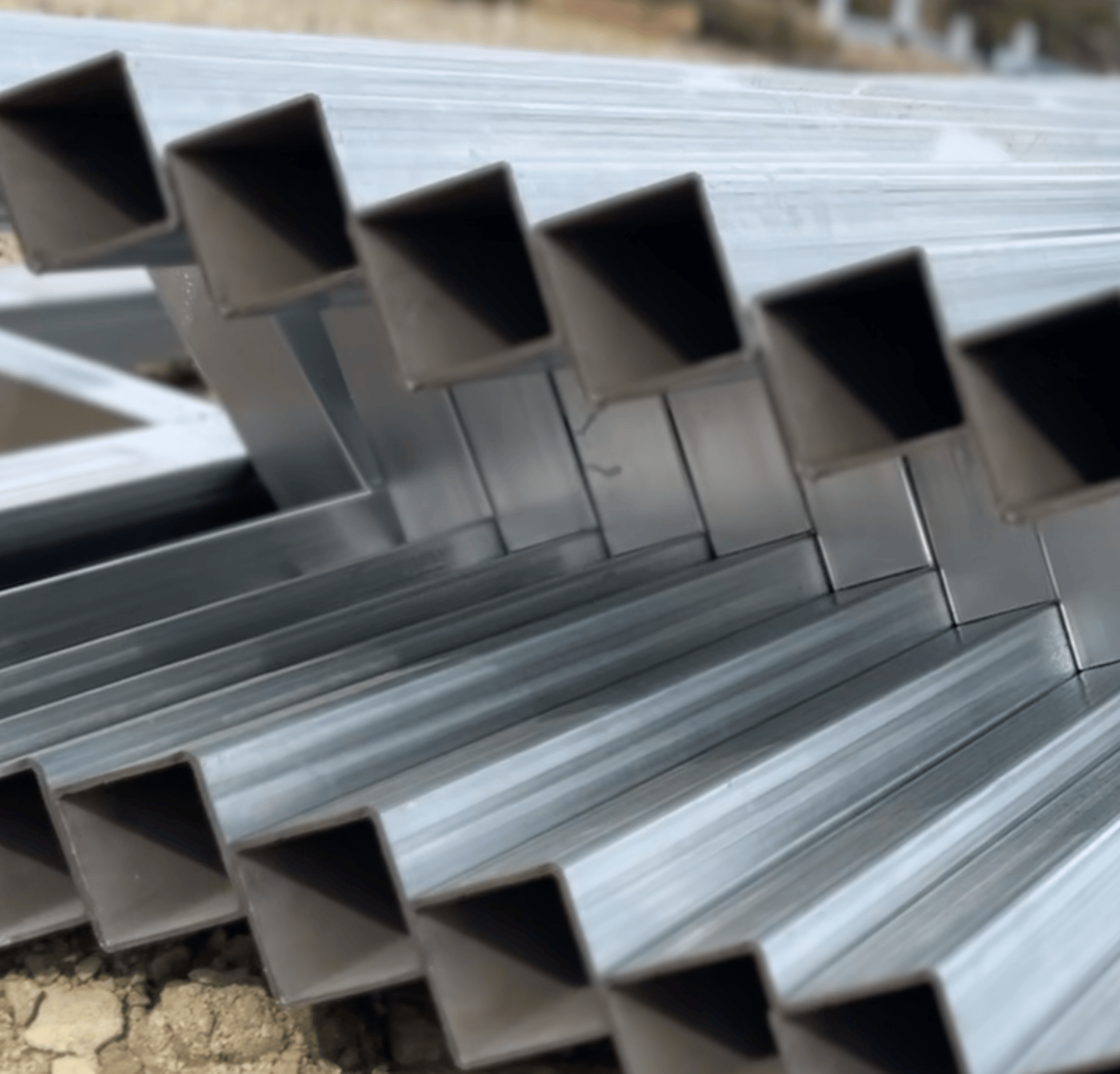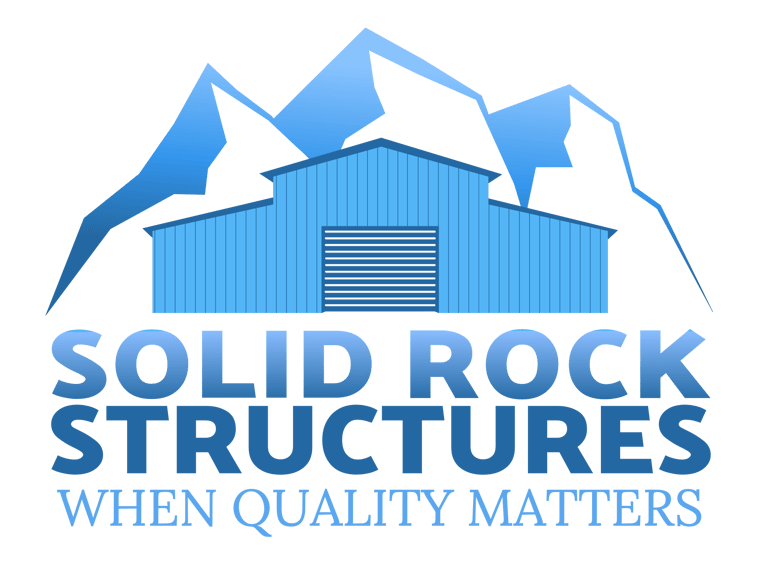
Gauge the Strength
Picking the Right Steel for Your Metal Building
2/17/20252 min read
Understanding the Difference Between 12-Gauge and 14-Gauge Steel in Metal Buildings
When investing in a steel metal building, choosing the right steel gauge is crucial. The thickness of the steel determines its strength, durability, and ability to withstand harsh conditions. But what does that really mean for you? Let’s break it down in a way that makes your decision easier.
12-Gauge vs. 14-Gauge Steel Framing: What’s the Big Deal?
Your building’s steel framing is like its backbone—strong, supportive, and built to last. The two most common framing options are 12-gauge and 14-gauge steel, but which one is right for you?
12-Gauge Steel: The Heavy-Duty Powerhouse
Thickness: 0.1046 inches (thicker and tougher)
Strength: Built to handle harsh weather, including heavy snow loads and high winds
Best For: Industrial-grade structures, commercial buildings, and extreme conditions
Cost: Higher price, but worth it for superior durability
If you want a building that can withstand Mother Nature’s worst tantrums, 12-gauge steel is your best bet. It’s strong, resilient, and ideal for those who need maximum protection.
14-Gauge Steel: Reliable and Cost-Effective
Thickness: 0.0747 inches (a bit thinner but still solid)
Strength: Durable enough for most residential and light commercial applications
Best For: Carports, garages, and standard storage buildings
Cost: More budget-friendly than 12-gauge steel
Think of 14-gauge steel as the everyday hero—strong enough for most situations, but not overbuilt for standard needs. If you’re looking for a great balance of durability and affordability, this is a solid choice.
29-Gauge vs. 26-Gauge Steel Panels: The Outer Armor
While the frame is your building’s skeleton, the steel panels are its protective shield. The right choice here affects longevity and weather resistance.
29-Gauge Steel Panels: Lightweight & Cost-Effective
Thickness: 0.0142 inches
Strength: Flexible and suitable for standard buildings
Best For: Residential and light commercial buildings
Cost: Most affordable and widely used option
If you’re looking for a practical, cost-effective solution, 29-gauge panels get the job done. They’re the go-to for most residential metal buildings and provide decent protection without breaking the bank.
26-Gauge Steel Panels: Extra Tough for Extreme Conditions
Thickness: 0.0187 inches (thicker and stronger)
Strength: More resistant to dents, hail, and severe weather
Best For: Areas prone to harsh weather, heavy winds, and storms
Cost: Pricier than 29-gauge, but adds an extra layer of durability
If you live in an area with unpredictable weather, investing in 26-gauge panels is a smart move. They offer better impact resistance and longevity, making them ideal for commercial and industrial buildings.
So, Which Gauge is Right for You?
Choosing between 12-gauge and 14-gauge steel framing, as well as 29-gauge and 26-gauge panels, depends on your specific needs:
Facing extreme weather? Go for 12-gauge framing and 26-gauge panels.
Need a strong yet affordable option? 14-gauge framing and 29-gauge panels will do the trick.
Looking for the best balance of strength and cost? Consider 14-gauge framing with 26-gauge panels.
Final Thoughts: Make an Informed Choice
Understanding steel gauge differences is crucial when investing in a metal building. A lower gauge number means thicker steel, more durability, and higher cost—but also better longevity. By assessing your location, usage, and budget, you can confidently choose the right gauge for your project. Whether you need an industrial fortress or a reliable storage unit, making the right choice will ensure a structure that stands the test of time.
Dedicated to helping you achieve your steel structure dreams.
833.767.6257
© 2025. All rights reserved.
Contact


